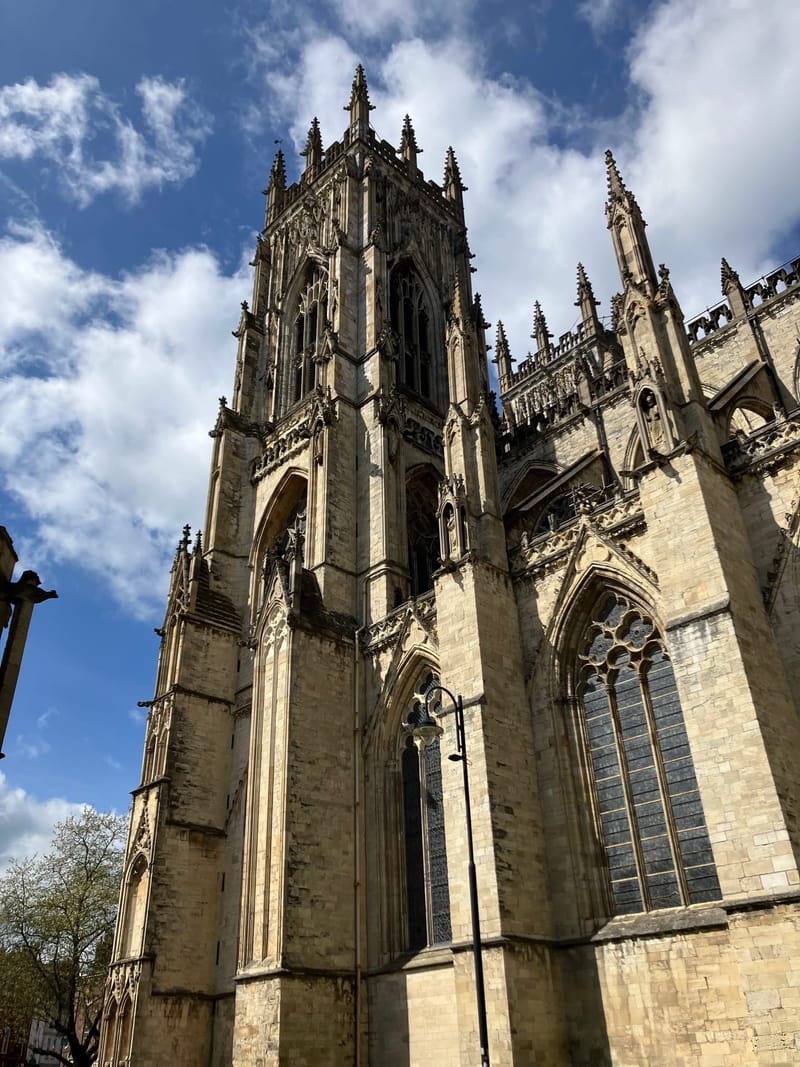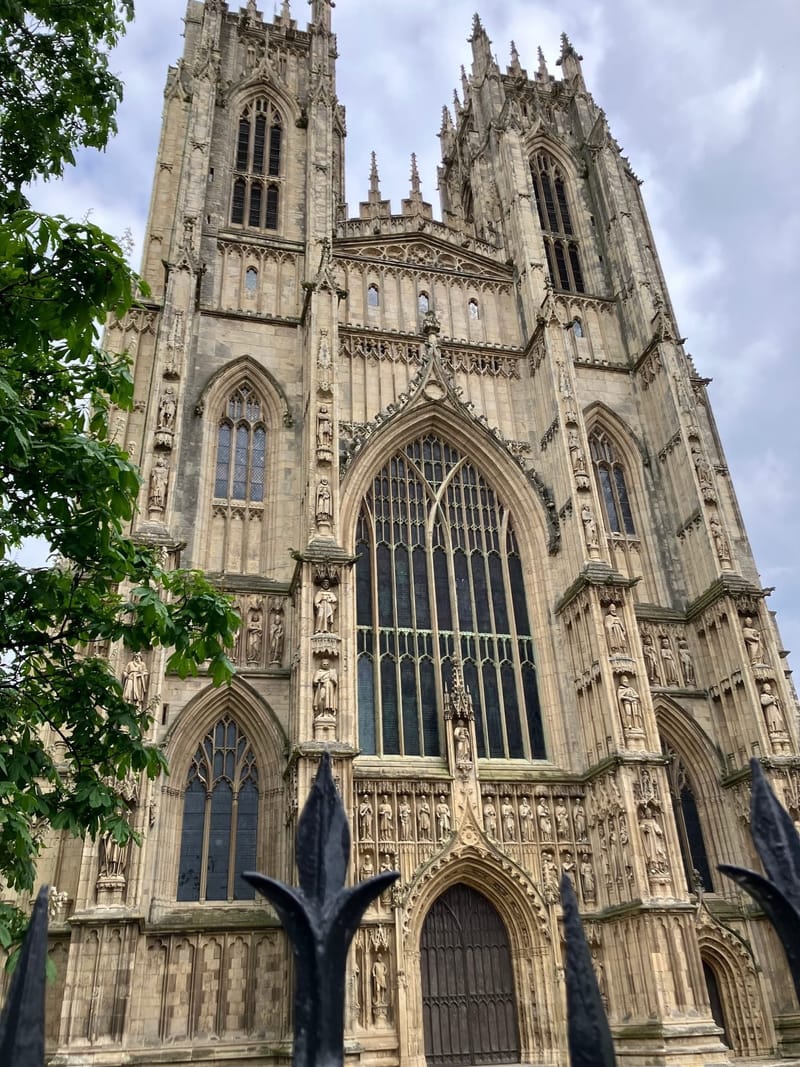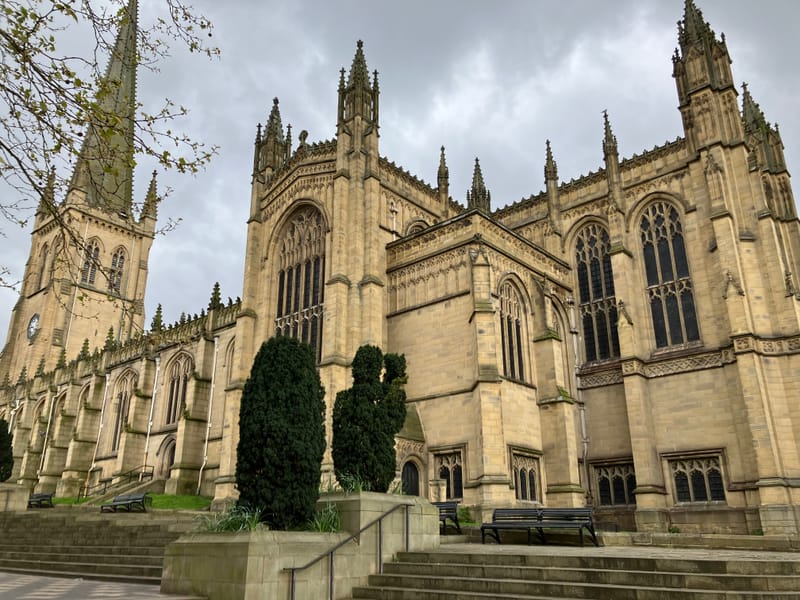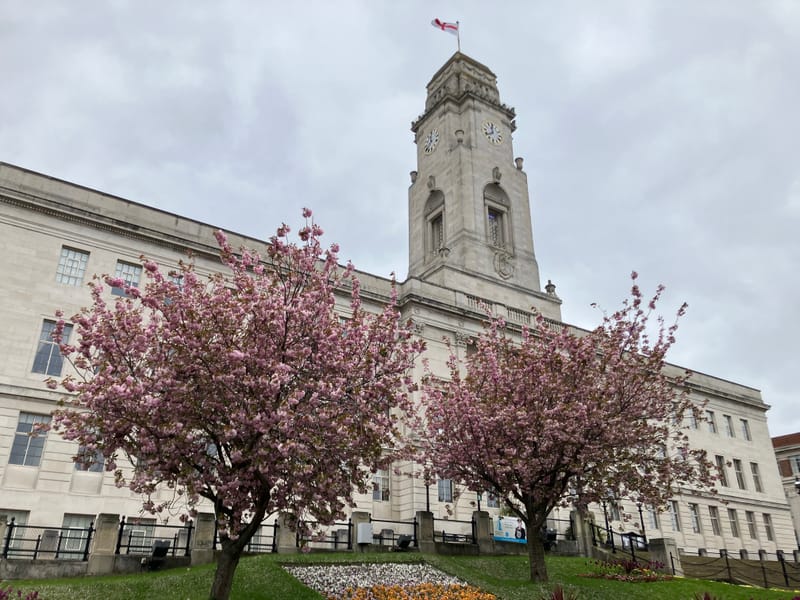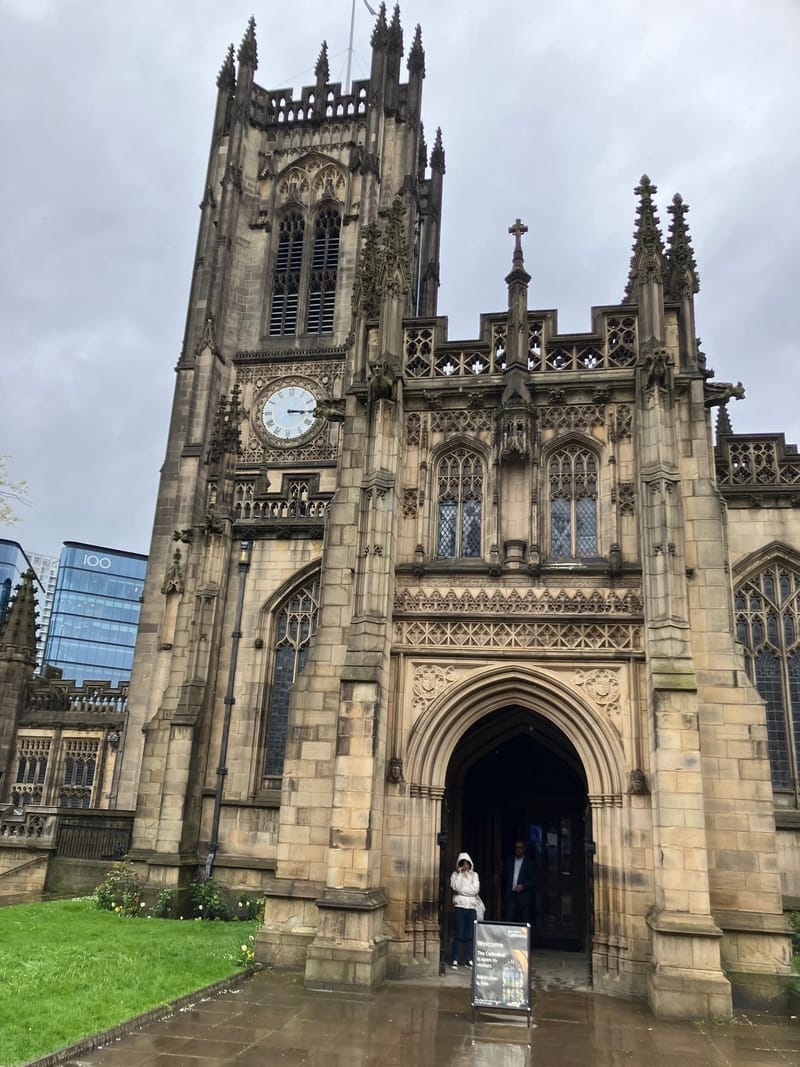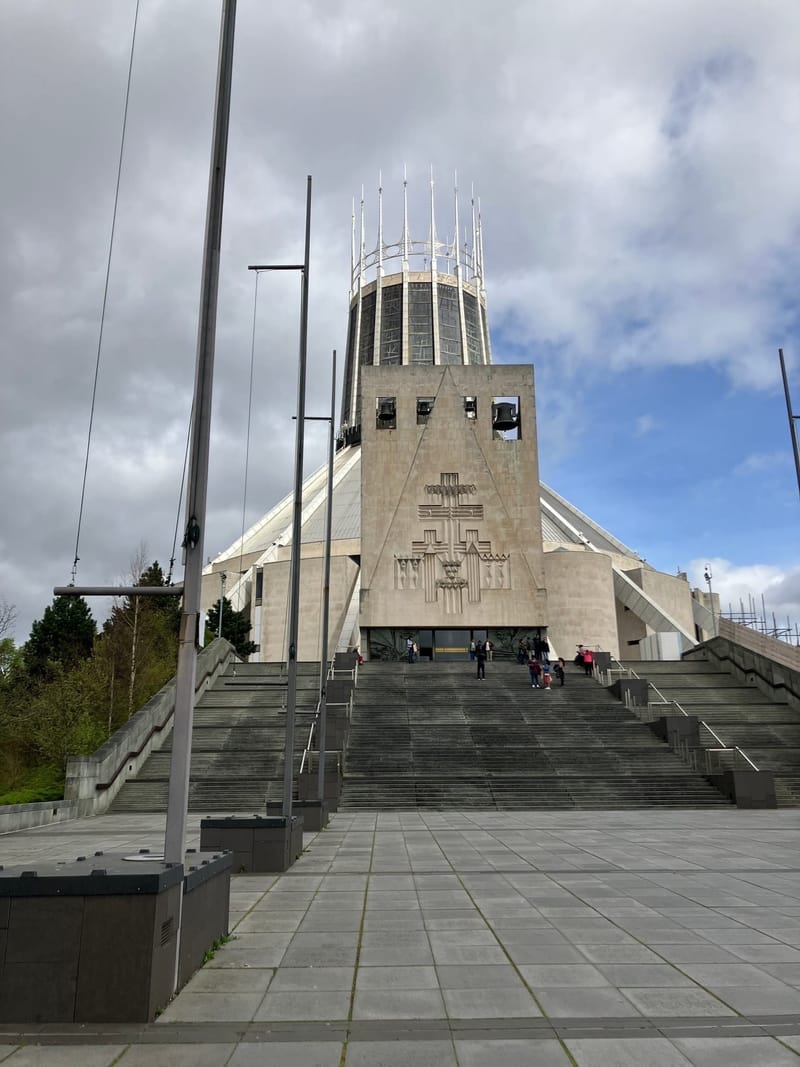Walking the county towns
BARNSLEY
The County Town of South Yorkshire In the Domesday Book 1086 it was called Berneslai. A principle centre for linen- weaving during the 18/19th centuries it grew into an important manufacturing town In 1960 there were 70 collieries within a 15 mile radius of the town centre, the last closing in 1994, although the NUM still has its HQ in the town. George Orwell spent a number of days living in the houses of the miners while researching The Road to Wigan Pier
MANCHESTER
Manchester originates from the Latin Mamucium / Mancini gender Mancunians, originally a Roman camp on the banks of the River Irwell Weaving dates back to the 14th century Flemish weavers and the Industrial Revolution made it the main trading centre for Lancashire cotton, The proximity of coal and the building of the Manchester Ship Canal in 1894 converted the city into an inland port and opened the way for the growth of other industries. The Perpendicular Gothic cathedral is 15th century
LIVERPOOL
First settled in the 1st century, a charter was granted by King John in 1207 for the fishing village on the Northern bank of the Mersey. Trading with the West Indies and the slave trade led to expansion in the late 17th century and the coming of steamships in the 1840’s with Irish potato famine and tens of thousands of Irishmen halting their emigration at Liverpool.
